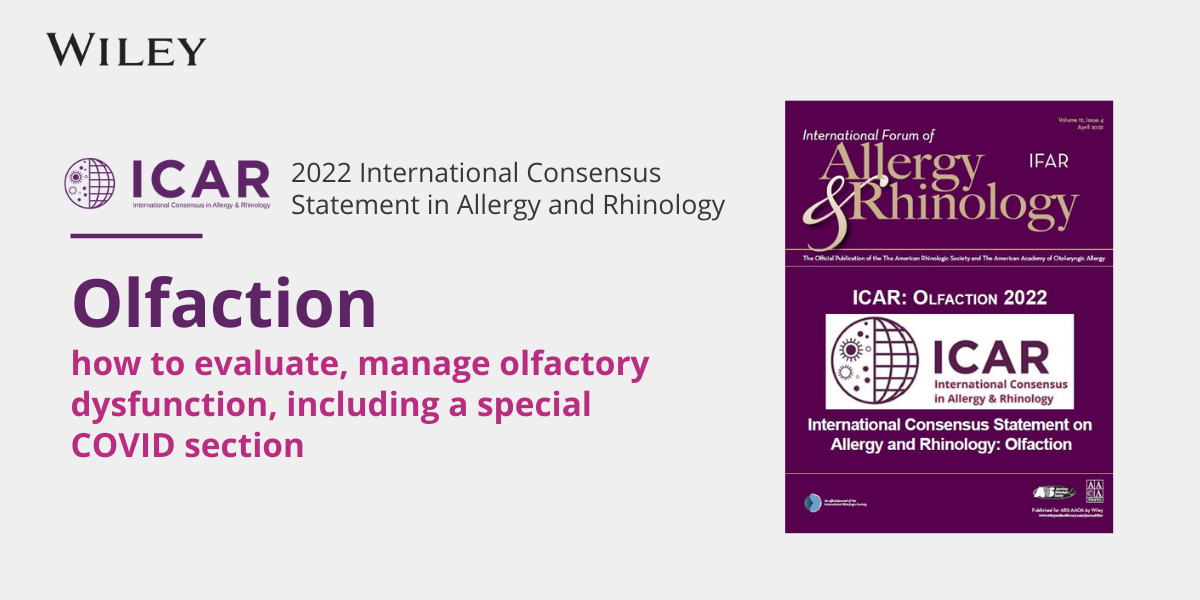Understanding how payers define a billable unit for immunotherapy vial prep is essential to better ensure reimbursement. Practices should be aware of their payer policies and keep an annual checkup process in place to note changes or proposed changes with…
Congress Makes Changes to MACRA
The second year of the Quality Payment Program (QPP) authorized by the Medicare Access and CHIP Reauthorization Act (MACRA) began in January, but in February, Congress responded to concerns from the physician community and made changes to the Merit-Based Incentive Payment System (MIPS) one of the two tracks in the QPP. These changes provide the Centers for Medicare and Medicaid Services greater flexibility in implementing the program.
They include:
- The original MACRA statute included the cost of physician administered drugs in the calculation of MIPS bonuses and penalties. This differed from how these calculations were made under the legacy quality programs, like the Physician Quality Reporting System. As a result of this legislative change, physician administered drug costs will be excluded from the MIPS bonus and payment adjustment calculations.
- CMS is still in the process of developing episode specific cost measures to evaluate clinicians’ resource use as part of the Cost category in MIPS. Beginning in year 3 of the program, CMS was statutorily mandated to count cost as 30% of a clinician’s score. Congress has now provided the agency with more flexibility allowing the weight to be set at no less than 10% for years 2 through 5 of the program.
- Similar changes were made to the MIPS performance threshold, the score at which penalties are assessed to those below and bonuses to those above. CMS will now have the flexibility to set this threshold for years 2 through 5 before requiring it to be set at either the mean or median of the performance scores.
These changes will allow those participating in MIPS to more gradually transition into the MIPS program and gain a better understanding of they can succeed in this new value-based model. The physician community is very pleased that Congress took action to make these changes.
CMS Launches Patients Over Paperwork Initiative
Last fall CMS launched a new initiative called “Patients Over Paperwork” with the aim of reducing burdensome regulations. CMS has established a process to evaluate and streamline regulations to reduce burden on physicians and improve the beneficiary experience. Issues that are being considered as part of the initiative include:
- Reducing the burden associated with the Quality Payment Program
- Improving the medical review process
- Reducing documentation requirements
- Improving Patient Access to their Electronic Data
As part of the initiative, CMS is accepting feedback from the public and when appropriate making changes in response. For instance, the agency consolidated the QPP data submission process allowing physicians to submit all over their MIPS data through one site.
Sign up for the monthly newsletters on this initiative here.
Congress Struggles to Address Drug Prices as White House Prepares to Release Plan
Both Congress and the White House continue to express concern about the high cost of prescription drugs and the impact on patient access. When drug price spikes make the news, like they did with the EpiPen, Congress takes notice and holds hearings. The President has been stating that controlling drug costs is a priority since the campaign. Despite all the interest, no action has been taken.
In a midterm election year, Congress is unlikely to pass significant legislation on this topic, but the committees of jurisdiction continue to meet with stakeholders to explore the issue and brainstorm solutions. The first real action on this issue will come next week when the White House unveils its plan to curb the growth of drug prices.
One of the White House proposals may be to allow pharmacy benefit managers to negotiate prices for some Medicare Part B drugs similar to what they do in Part D. Another option may be to share rebates with seniors at the point of sale. The President’s budget request called for cutting doctors’ Part B reimbursement for administering drugs and testing the approach in a demonstration. CMS could devise a formula to limit Part B drug reimbursement for certain classes of drugs. It should be noted the Obama administration proposed a Part B drug demonstration that would have limited provider reimbursement for drug administration and received serious criticism from stakeholders on this proposal that was never finalized.
The White House proposal may include controversial legislative changes like capping Medicare beneficiaries’ annual out-of-pocket spending and gradually making plans pay for 80 percent of the spending in catastrophic coverage which is currently capped at 15 percent. Another legislative approach is to count discounts toward beneficiary out-of-pocket spending which would increase beneficiary costs before reaching catastrophic coverage. This would discourage the use of expensive Part D drugs.
Whatever policies are included in the White House proposal, it is clear that there is no easy fix for patients who continue to struggle with the high and sometimes unpredictable costs of prescription drugs.




